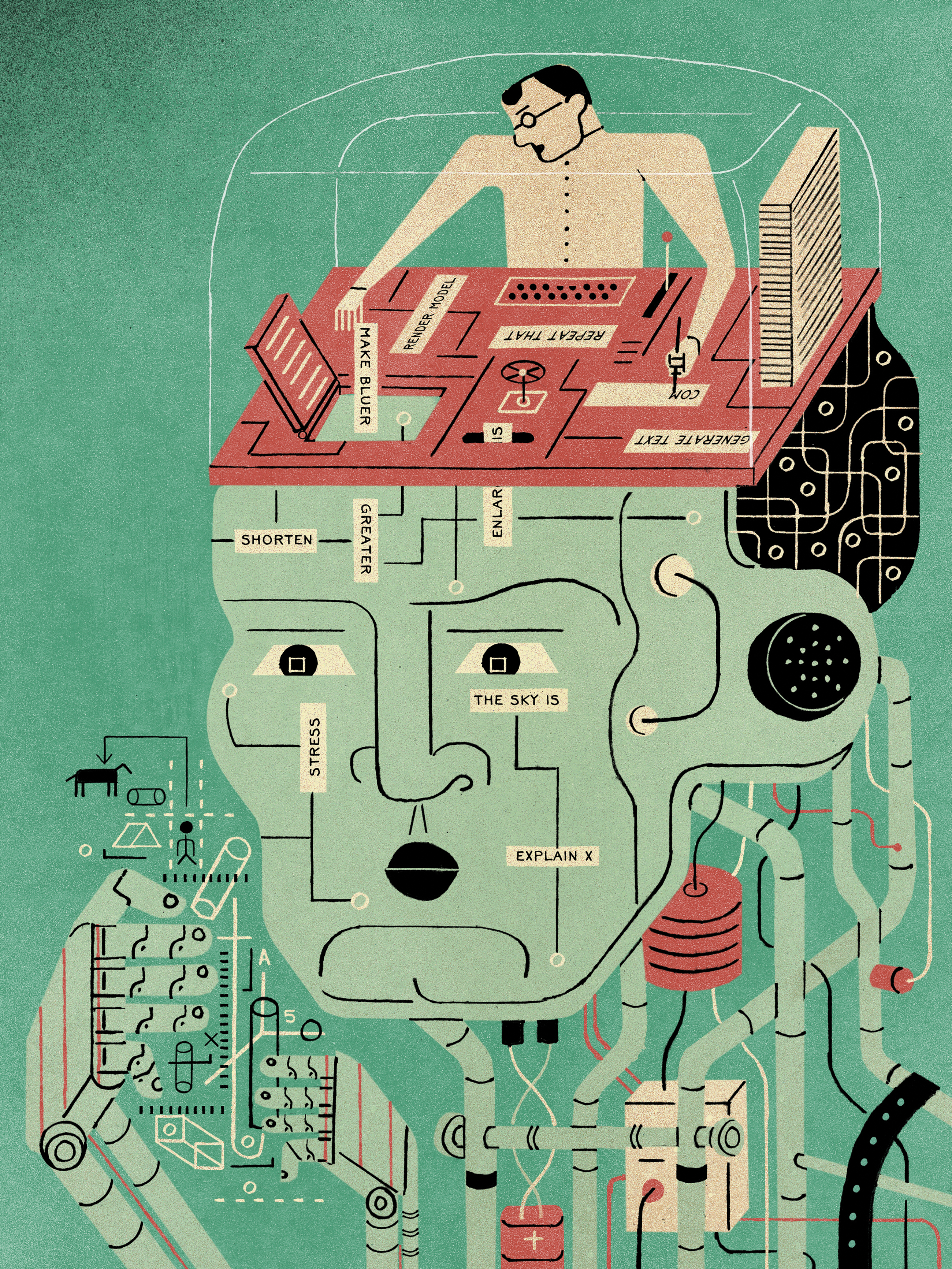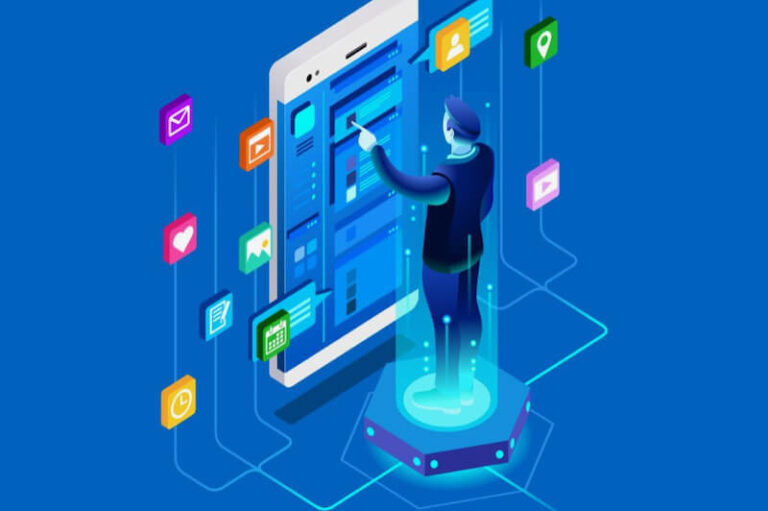-
Practical Applications: Productivity and Workflow Automation
-
Unlocking Advanced Features: Integrations and Customizations
1. Understanding ChatGPT and Its Core Capabilities
ChatGPT is an advanced language model developed by OpenAI that understands and generates human-like text based on user inputs. It has transformed how individuals and organizations approach problem-solving, content creation, and communication. The core capabilities of ChatGPT include natural language understanding, contextual awareness, and adaptability across various domains such as writing, coding, brainstorming, and data analysis. To maximize its potential, users must move beyond simple commands and understand how to interact with the AI in a way that leverages its full range of functions.
By appreciating the underlying mechanics, such as token-based processing and model training on diverse datasets, professionals can tailor their queries to produce more accurate, relevant, and useful outputs. The versatility of ChatGPT makes it an indispensable tool for boosting productivity, streamlining workflows, and enhancing creativity when properly mastered.

2. The Art of Expert Prompting: Crafting Effective Inputs
Expert prompting is the foundation of mastering ChatGPT. The quality of AI-generated responses heavily depends on how the input is framed. Clear, specific, and detailed prompts yield better results compared to vague or ambiguous requests. Professionals should include explicit instructions, desired tone, format, and examples when necessary.
Techniques such as using step-by-step queries, posing hypothetical scenarios, or requesting structured outputs help the AI understand and meet expectations. Experimenting with different prompt structures—questions, commands, or descriptive statements—allows users to discover what works best for their unique needs. Incorporating keywords relevant to the task or domain further refines responses, ensuring the AI focuses on the right context.

3. Leveraging Contextual Inputs for Enhanced AI Responses
Contextual inputs enable ChatGPT to produce more coherent and targeted outputs. Providing background information, prior conversation history, or specific constraints enriches the model’s understanding of the task. For example, including details about the audience, purpose, or industry helps tailor responses appropriately.
Users can feed multi-turn conversations where each message builds on the previous one, allowing the AI to maintain context and continuity. This method is particularly effective in complex workflows such as drafting reports, generating code snippets, or crafting marketing copy, where nuance and precision are critical.

4. Iterative Techniques: Refining Outputs through Conversation
One of ChatGPT’s strengths lies in iterative refinement. Instead of expecting perfect results on the first try, professionals should engage in a back-and-forth dialogue to polish responses. This process involves asking follow-up questions, requesting clarifications, or instructing the AI to expand or condense content.
Iterative interactions help uncover nuances or errors and allow users to tailor the output to evolving requirements. Additionally, rephrasing prompts or splitting complex queries into simpler parts enhances accuracy. By adopting an iterative mindset, users transform ChatGPT from a static tool into a dynamic collaborator.

5. Practical Applications: Productivity and Workflow Automation
ChatGPT’s versatility translates into numerous practical applications that significantly boost productivity. It can automate repetitive writing tasks such as email drafting, meeting summaries, and report generation. In coding, it assists with debugging, code explanation, and generation of boilerplate scripts.
Workflow automation benefits from ChatGPT’s ability to integrate with other tools via APIs, enabling seamless task execution across platforms. Professionals use it for brainstorming ideas, creating content calendars, and even generating data-driven insights. The time saved allows focus on higher-value work, making ChatGPT an essential productivity partner.

6. Unlocking Advanced Features: Integrations and Customizations
Beyond standalone usage, advanced users unlock ChatGPT’s full potential by integrating it with third-party applications like Slack, CRM systems, or project management tools. Custom APIs enable tailored solutions for specific organizational needs, such as automated customer support or personalized learning assistants.
Customizing the AI’s behavior through system messages or fine-tuning datasets further aligns outputs with brand voice and operational goals. This layer of sophistication empowers businesses to scale AI-driven innovations while maintaining control over quality and relevance.



You must be logged in to post a comment.